WITH the kayaking scene exploding in recent years, choosing your first kayak can be quite stressful. The many variables include the different types, sizes and brands of kayak as well as what is most suitable to the water you plan to use it in.
I have been lucky enough to have owned four kayaks so far of varying types, brands and sizes, so here are a few tips and tricks on what you might need to consider before and after making your first purchase.
Types of kayaks
There are two main types of kayaks on the market: sit on top and sit in kayaks. Both have advantages and disadvantages, so it is an important choice to make. Sit on top kayaks feature an open cockpit where you, as the name states, sit on top of the kayak.
The major advantage of sit on top kayaks is the versatility of what can be done with the open cockpit and the biggest disadvantage is anything in the cockpit will generally get wet.
These yaks are usually better for rougher conditions and are favoured by most people due to their ease of use and stability on the water. Sit in kayaks allow you to sit inside the cockpit. A major advantage of these yaks is they are in most cases very light and easy to transport, while their downfall is a lack of stability on the water. They are great for calm waters such as creeks and rivers.
Sizes
With so many different kayak sizes available, this is probably one of the most important things to consider when making your purchase. A longer/slimmer kayak with more curved edges around the beam is better for open water conditions because it will handle the chop better than one that is shorter and wider with a fairly flat bottom. Anything around the 3.1m mark is a very good all-round kayak and offers a great place for beginners to start.
Due to its size it will be capable of doing a bit of work in open waters in flat conditions, while it is also excellent for fishing in rivers and creeks. You will hear the words ‘tracking’ and ‘stability’ all too often when people talk about their kayaks. These terms refer to how straight the kayak stays when you paddle it and how stable it is when on the water.
Larger/longer kayaks or more accurately those with a larger length to width ratio usually track better and are most likely more efficient through the water, especially if they have a decent keel. This comes into play when you are planning long day trips and need to conserve your energy, but if you are just looking for a recreational kayak and one to use with the family then this isn’t as important.
A lot of new kayakers think wider is better, roomier and more stable. All yaks are stable, but there are really two kinds of stability: primary and secondary. When you first sit in a kayak you experience primary or initial stability, otherwise known as a lack of ‘tippyness’.
A wide, flat-bottomed kayak would have extremely good primary stability, with almost no tip at all. But at some point, particularly in rough conditions, flat kayaks are prone to capsize, and will do so without warning. This is why most good kayaks avoid flat-bottomed designs unless made purely for recreational family fun.
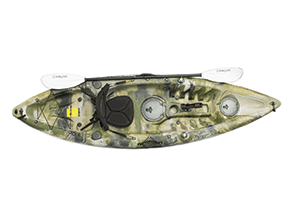

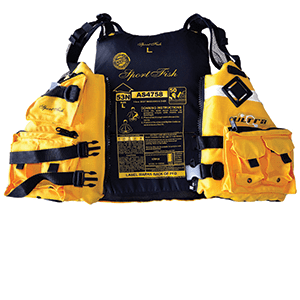
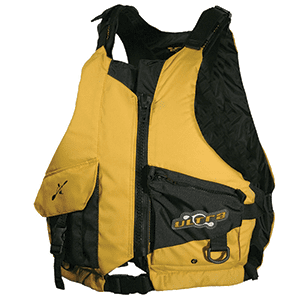
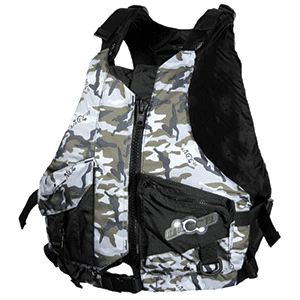
Things to consider after your purchase – safety
Remaining safe on the water is a must and should be the first thing to consider after buying your first kayak.
Here are a few things and tips to consider:
- Always wear a personal floatation device when you are on the water. Check your local government requirements for the minimum approved type and always wear an AS4758-approved vest. However, a kayaking PFD is preferred when on a kayak because these are designed to give more freedom to your arms and won’t ride up and sit around your neck.
- Let someone know where you are going to paddle and what time you will be back.
- Always carry a mobile phone. Waterproof pouches/cases can be bought for all phones.
- If paddling at night, always use appropriate lighting.
- Always carry fresh water to stay hydrated.
- But the most important tip I can give is to always be seen.
- Wear bright clothes where possible or even fit a light to your kayak so boats and other vessels on the water can see you.
Trip planning
The biggest mistake people make when they first get their kayak is they are so eager to get out on the water and enjoy the paddle that they don’t plan their trip.
Here are a few quick tips on trip planning:
- Plan your launching spot. Boat ramps are a great place for beginners to launch their kayaks because all facilities for an easy launch are there.
- Tidal areas/water flow. If you are launching in tidal areas, try to plan your trips and destinations with the tides. Plan to go with the tides because nothing is worse than being out for a few hours and trying to paddle back to your launching areas against a strong tide.
- Wind is also something to consider because it can throw up some chop on the water, which can be undesirable and if coupled with the tide can make for very hard work paddling back.
- Conditions such as the wind, tides and swell play a massive role in your trip planning.
It’s important to check all these things before launching your kayak and going for a paddle. Just because it wasn’t windy at 9am when you launched doesn’t mean the wind won’t pick up at midday and become unbearable. Always check your local weather reports before heading out. These are only a few things to consider when you buy your first kayak.
Plenty of local kayaking groups are out there for you to join and ask questions.
The most valuable tip I can give however is to try before you buy. Try to find someone with a spare kayak or look for a dealer that can offer a no-obligation trial paddle and head out with a buddy. Try as many different types and sizes of kayaks as possible to find the best fit for your paddling style.
Kayaking is great to get involved in as a recreational and active sport and is suitable for the whole family.
 Bush ‘n Beach Fishing Magazine Location reports & tips for fishing, boating, camping, kayaking, 4WDing in Queensland and Northern NSW
Bush ‘n Beach Fishing Magazine Location reports & tips for fishing, boating, camping, kayaking, 4WDing in Queensland and Northern NSW

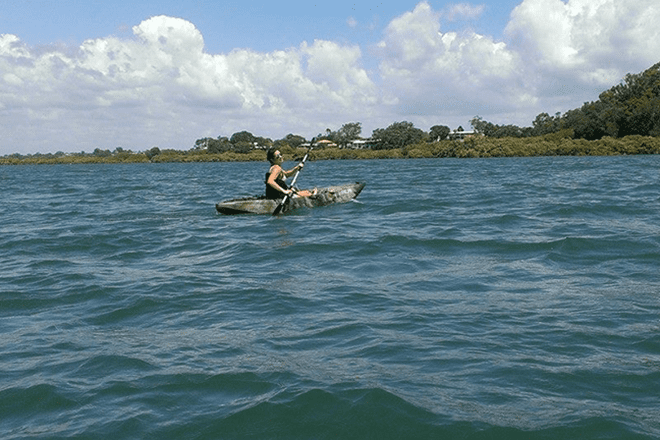





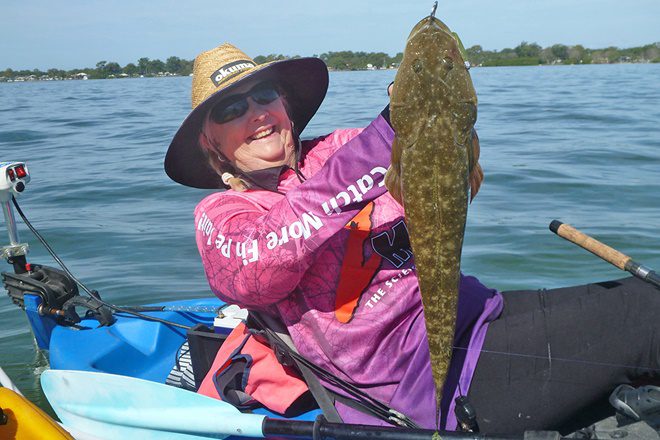
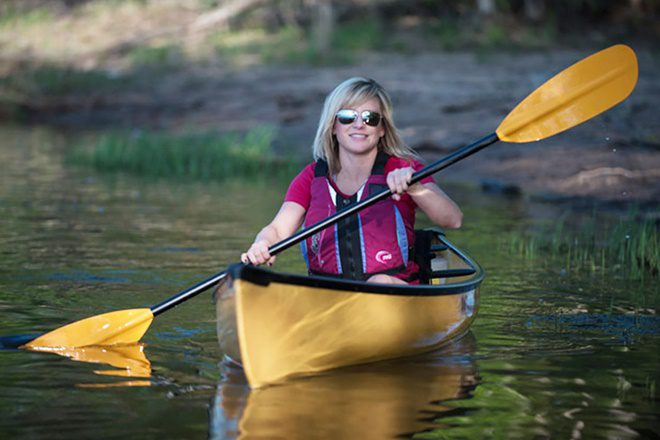
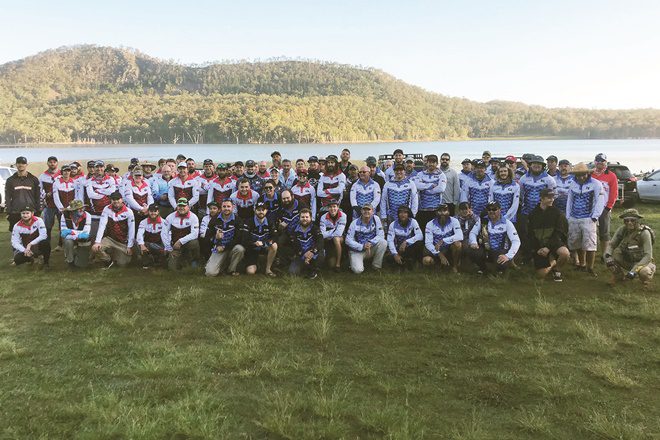
This is some great information, and I appreciate your point that a longer kayak with more curved edges is better for open water. My wife and I just moved, and there’s a really big lake nearby, so we’ve been considering buying a couple of kayaks. We would likely use them in open water, so we’ll definitely look into getting some longer ones so they can handle the choppy water better. Thanks for the great post!
it’s really a helpful article . I appreciate your soul try to make a clear comparison. It’s a gateway for the beginners to understand what to do and choose a best kayak! thanks you for sharing it.
No worries Tommie, we’re glad to hear you enjoyed the article mate 🙂 Cheers, BNB Team
Benn kayaking for a long time. And I agree with most of your points. Most people forget to choose a pfd. Glad you mentioned that.
Hi Jon, Thanks for your feedback. Much appreciated. Cheers, BNB Fishing Team
I was looking for this guide. I am going for my first kayaking on 27th December. Your article is great for beginner like me. Thanks for this wonderful post!
Hi Jason, Thanks for the feedback. Glad you found the information useful. There are so many different kayaks out there so the aim was to give beginners a bit more info so they can get the kayak best suited to them.
Thanks for the quality content, am just looking for this information
Your point about a longer kayak with curved edges being better for open water is great information.
You have written a wonderful post, thank you!
I like your content thanks for sharing this great information with us.
Thanks for this posting.
Great information you posted. Thanks
Your blog is very interesting. I have learned a lot after reading your blog